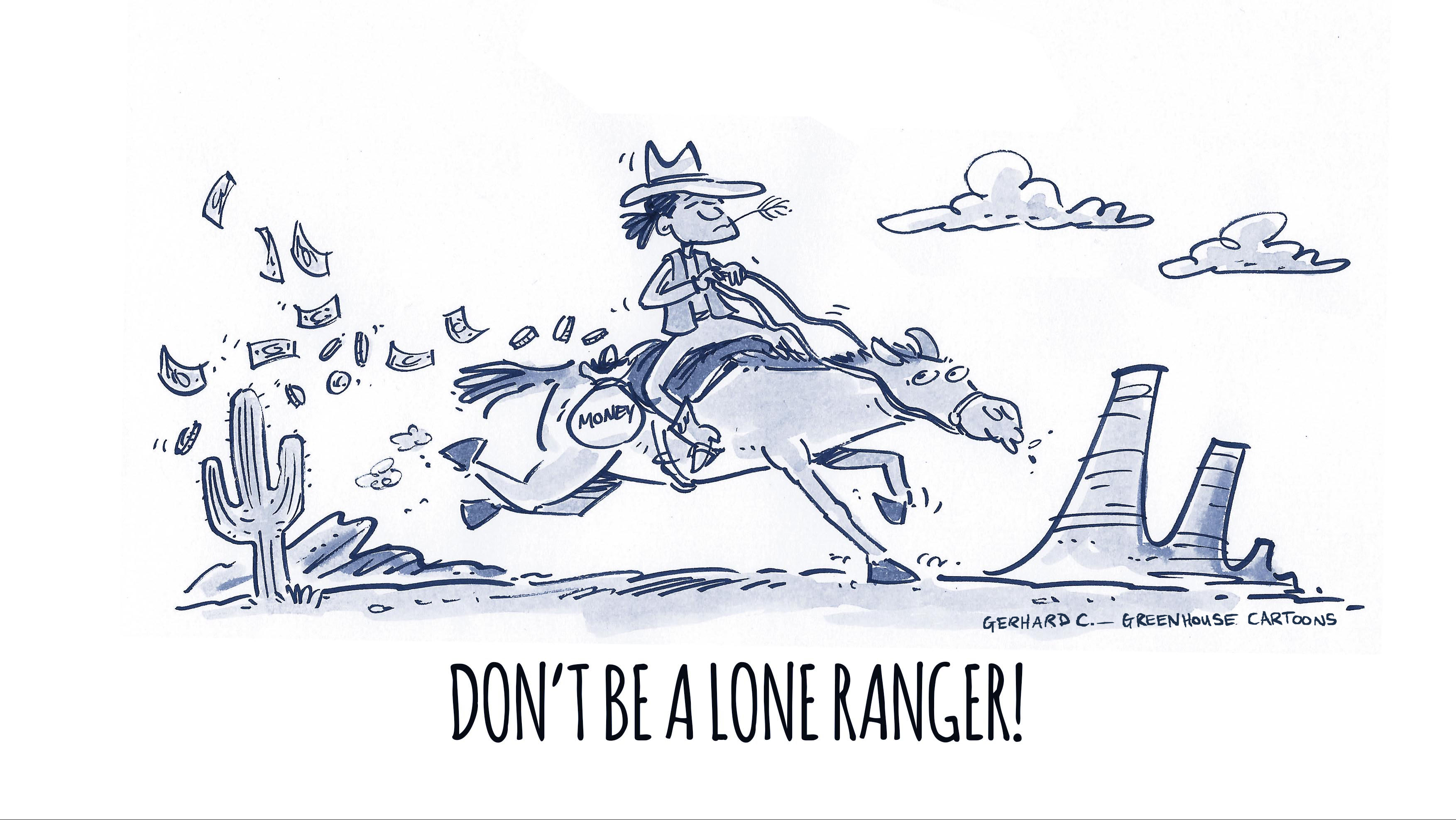Five powerful ways to #ShiftThePower in disaster recovery
23 Jul 2018
This blog is part of a series that provides reflections on a new GrantCraft Leadership Paper “How Community Philanthropy Shifts Power: What Donors Can Do to Make That Happen”, published with the GFCF and Global Alliance for Community Philanthropy in April 2018.
 Eleanor Harrison OBE, formerly with Global Giving U.K.Sometimes, a publication comes along that so closely mirrors your day-to-day experience that you must pause for praise. This is how I feel about How Community Philanthropy Shifts Power. I encourage anyone interested or involved in disaster recovery funding to read the paper — because there are hard truths to face.
Eleanor Harrison OBE, formerly with Global Giving U.K.Sometimes, a publication comes along that so closely mirrors your day-to-day experience that you must pause for praise. This is how I feel about How Community Philanthropy Shifts Power. I encourage anyone interested or involved in disaster recovery funding to read the paper — because there are hard truths to face.
Studies show that less than 2 per cent of humanitarian funding typically reaches local non-profits, and half of all funding channelled to international non-profits ends up in the hands of 10 large organisations. In the age of climate change, wherein disasters are increasing in frequency and intensity, we must respond differently. The Disaster Recovery Network at GlobalGiving lives five principles, outlined in How Community Philanthropy Shifts Power, to foster disaster recovery that is collaborative, community-led — and effective.
1. Be flexible with grant requirements.
In the immediate throes of a crisis, GlobalGiving amends its grant application requirements to ease the burden on already over-taxed staff in a disaster zone. We reduce the length of our application and encourage grant applicants to define their own success metrics, rather than asking them to meet ours. We understand their needs will shift, and so will their budgets, so we ask them to broadly tell us how they would like to spend funds from GlobalGiving — but don’t ask them to earmark every penny of a grant. For many of our partners, English is a second (or third or fourth) language. That means phone calls, with a translator available if possible, are often much more efficient than paper trails.
2. Prioritise local expertise.
After Typhoon Haiyan struck the Philippines in 2013, my colleague met with WAND Foundation, a local non-profit that hired community members to build toilets using local materials and an award-winning, culturally appropriate design. But when a shipment of foreign toilets were suddenly delivered, the effort was hampered and disaster-affected families were put out of work. Be purposeful in giving priority to local organizations responding to a disaster. They understand their communities’ needs better than anyone else, and they’ll be there long after news cameras have left.
3. Support long-term recovery and capacity strengthening on the ground.
This could also be phrased as “stick around.” It’s been three years since a devastating 7.8 magnitude earthquake struck Nepal. GlobalGiving remains a trusted partner in the region. Today, our role in Nepal may not look like what you expect. We’re carving out space, resources, and time for Nepalese non-profit leaders to learn from their peers via workshops, seminars, and peer exchange visits. In partnership with the Big Lottery Fund, we’re also facilitating small enterprise grants to non-profits such as SABAH Nepal, ECCA, and Phase Nepal. These grants improve daily life for people like Shova, who after working with SABAH Nepal, manages her own dairy farm, teaches other women in her community entrepreneurial skills, and describes herself as “confident” for the first time. Every investment in local entrepreneurship makes Nepal stronger over the long haul and more capable in the face of future disaster.
4. Build trust and relationships, realizing this takes time.
We partner with more than 3,000 non-profits in 170 countries around the world — 24/7. We are on a first name basis with many of our partners. In fact, we’ve visited many of their offices in person, and they’ve visited ours. We have championed their work, in many cases for years, and they have championed ours. That means no matter when or where disaster strikes, we likely already have strong relationships in place in the impacted region. These relationships make getting help to where it’s needed on the ground safe, quick, and easy.

5. Don’t shy away from well-networked intermediaries.
The critical hours, days, and weeks that follow a disaster are no time to reinvent the wheel. Rather than strike out on their own as lone rangers, as Hodgson and Pond put it, philanthropists should seek out knowledgeable and responsible intermediaries as partners. “For external donors looking for ways to get their money deeply — and effectively — into communities, these organizations possess particular attributes that add value,” Hodgson and Pond write. Simply put, together, we’ll achieve more.
By: Eleanor Harrison OBE, CEO of GlobalGiving UK

